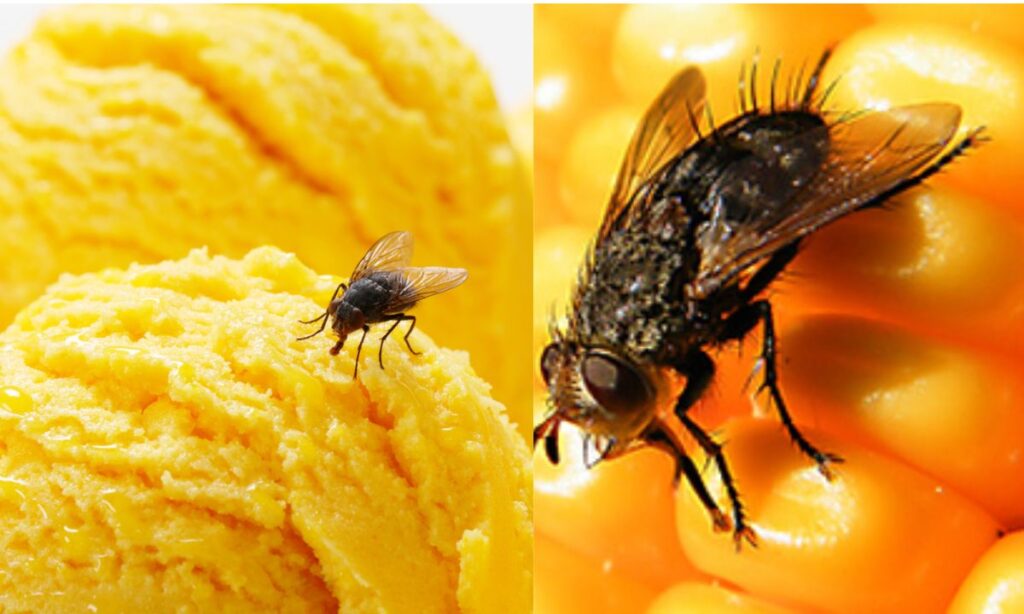If you’re a fan of the New York Times (NYT) crossword, you’ve probably come across clues that make you pause and think twice. One of these intriguing clues is “Fly Buzzing Around the House.”
In this article, we’ll dive into clue analysis for this specific puzzle clue, explore the answer, and go over effective puzzle-solving strategies to help you become a crossword master. Along the way, we’ll explore NYT’s style, wordplay, figurative language, and other puzzle-solving concepts to give you deeper insight into cracking those challenging clues.
Understanding the Clue: Fly Buzzing Around the House
The clue “Fly Buzzing Around the House” has stumped many solvers, thanks to its double meanings and alternative interpretations. Let’s dissect this clue:
- Literal Interpretation: At first glance, it sounds like we’re dealing with a literal annoying insect—a fly buzzing around a house.
- Figurative Language: In crosswords, clues often carry figurative language or metaphors that suggest something more symbolic. Here, “fly” could imply a bothersome entity or an annoyance commonly experienced in homes.
The answer to this clue is PEST. Why? Because a pest represents a persistent bother or nuisance—something that disrupts our space, much like a fly.
The Answer: PEST
The answer PEST encapsulates what the clue hints at—an annoying, buzzing presence that lingers. In crossword language, PEST is more than just an insect; it symbolizes any nuisance or persistent bother in life.
| Clue | Answer | Explanation |
|---|---|---|
| Fly Buzzing Around the House | PEST | A nuisance that disrupts peace in the home. |
This answer exemplifies wordplay and double meanings in crosswords. While “pest” directly relates to insects, it also captures the concept of a persistent annoyance, adding layers of meaning to the clue. Let’s look at other possible interpretations and crossword-solving techniques to better understand clues like this.
Facts and Insights about Insects as Pests in Crosswords
In NYT crosswords, clues involving household insects often come with alternative interpretations. Here are some interesting facts about pest-related clues:
- FLY – Commonly used to represent both a literal insect and to symbolize annoyance or persistence.
- MOTH – Often linked to household nuisances, particularly with food or clothing.
- BEE – Can represent buzzing or persistent effort, such as “busy as a bee.”
- HUMMINGBIRD – Rare, but can sometimes symbolize a garden nuisance with its buzzing.
- NUISANCE – A general term frequently used for annoyances in crossword puzzles.
Understanding these entities helps solvers recognize common crossword themes related to household pests and annoyances.
Similar Clues and Their Answers
To deepen your puzzle-solving skills, let’s look at similar clues and explore how they fit into the theme of annoying insects or nuisances.
| Clue | Answer | Explanation |
|---|---|---|
| Buzzing annoyance | FLY | Direct reference to an annoying insect. |
| Persistent bother | NUISANCE | Broad term for anything causing irritation. |
| Bother in the kitchen | PEST | Suggests household pest control issues. |
| A hum in the garden | HUMMINGBIRD | Metaphor for a buzzing garden visitor. |
These examples show how NYT crosswords rely on common themes and figurative language to create mental puzzles that go beyond the literal.
Crossword Puzzle Tips and Tricks
Solving clues like “Fly Buzzing Around the House” requires specific puzzle-solving strategies. Here are tried-and-true tips for mastering the art of crosswords:
Analyze the Clue Carefully
Clue analysis involves breaking down each part to spot double meanings or metaphors. Crosswords often play with word forms or alternative interpretations, meaning you should think beyond the obvious.
Example: For “Fly Buzzing Around the House,” think about what “buzzing” represents—a pest or nuisance—rather than taking “fly” literally.
Look for Common Crossword Themes
Crosswords, especially in NYT, rely on recurring themes. Household annoyances, pests, and insects appear frequently, making these clues familiar to seasoned solvers. Familiarizing yourself with themes like these enhances vocabulary building and clue recognition.
Consider Word Forms
Word forms refer to different grammatical uses of a word, such as verb, noun, or adjective. Here, the noun PEST fits perfectly, but other clues may use different forms that require creative thinking.
Table of Word Forms in Crosswords:
| Form | Example Clue | Example Answer |
|---|---|---|
| Verb | “Bothers persistently” | PESTERS |
| Noun | “Annoying entity” | PEST |
| Adjective | “Pesky” | PESTY |
Use Crossing Clues to Verify
Crossing clues are a powerful tool to confirm answers. When intersecting answers support a certain word, it’s easier to identify the correct one. In tricky puzzles, crossing clues often provide semantic entities that reinforce or eliminate possibilities.
Build Your Vocabulary with Crossword-Common Words
Vocabulary building is essential. Familiarize yourself with frequently used crossword vocabulary, especially words tied to themes like insects, annoyances, and household objects.
- Practice with words like fly, pest, and moth to quickly solve similar clues.
- Study synonym clusters: BOTHER, NUISANCE, and PEST are all connected to the theme of annoyance.
Think Laterally to Decode Metaphors or Plays on Words
Many clues in NYT crosswords, including “Fly Buzzing Around the House,” use lateral thinking or metaphor and pun recognition. Lateral thinking encourages solvers to explore non-literal meanings and double meanings that can unlock challenging clues.
If a clue sounds strange or too straightforward, look for puns or wordplay.
Practice, Practice, Practice
The more you engage with crosswords, the better your lateral thinking and vocabulary become. Solving puzzles regularly helps you identify patterns, common clue formats, and frequent answers.
Fun Crossword Facts Related to Insects and Pests
To enhance your crossword knowledge, here are some unique trivia and facts about insect-related clues in crossword puzzles:
- Insect names are popular for puns and plays on words. For instance, “Buzzing visitor” could refer to BEE or FLY depending on context.
- The NYT crossword often features animals as semantic entities to introduce variety and humor.
- Historical Fun Fact: Crossword puzzles first appeared in the early 20th century, and animals, especially insects, quickly became common themes.
Summary Table: Strategies for Solving Tricky Crossword Clues
Here’s a quick reference table to summarize key strategies for solving tough clues like “Fly Buzzing Around the House.”
| Strategy | Description |
|---|---|
| Analyze the Clue Carefully | Break down each word for clue analysis. |
| Look for Common Crossword Themes | Identify recurring themes like pests, household annoyances. |
| Consider Word Forms | Use different grammatical forms to expand possibilities. |
| Use Crossing Clues | Leverage intersecting answers to confirm or reject guesses. |
| Build Your Vocabulary | Memorize frequently used words in crosswords. |
| Think Laterally | Approach clues from non-literal, creative perspectives. |
| Practice Regularly | Solve puzzles consistently to recognize patterns. |
Conclusion
Solving crosswords, especially the NYT crossword, involves more than just knowing words; it’s about mastering clue analysis, wordplay, lateral thinking, and vocabulary building. The next time you encounter “Fly Buzzing Around the House,” remember to think beyond the literal interpretation, consider figurative language, and let crossing clues guide you to the answer.
With practice, you’ll start to recognize common themes and make quick work of clues like this. Whether you’re a crossword novice or a seasoned pro, these techniques will help you crack even the most perplexing puzzles. So, grab a pen (or open your app) and dive into the world of crosswords, where each puzzle offers a fun blend of semantic entities, figurative language, and hidden challenges. Happy solving!

Brook with 5 years in celebrity styling. Transforms A-list looks into wearable trends.
Expert in red carpet glamour and everyday chic for the stars.





